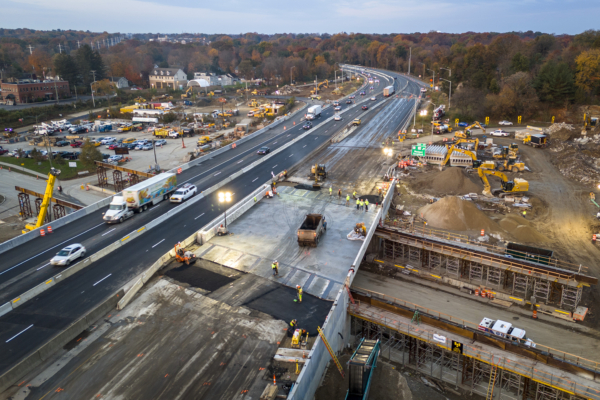The Biden administration announced on Wednesday (July 17th) that it will allocate over fifty billion dollars to replace or renovate dozens of old bridges in 16 states, including 13 “nationally significant bridges” spread across the East and West coasts of the United States.
These funds come from the $1.2 trillion Bipartisan Infrastructure Law signed by Biden in 2021, which designates 400 billion dollars over five years for bridge construction, marking the largest specialized bridge investment in decades.
Transportation Secretary Pete Buttigieg stated in a press release, “For too long, America has let its bridges age and deteriorate, reducing people’s safety, disrupting our supply chains, and costing people time and money. But now, the Biden-Harris administration is changing that narrative, making the largest investment in our bridges since the Eisenhower era.”
He added, “These bridges impact entire regions and ultimately affect the entire U.S. economy. The condition of bridges signifies the need for significant urgent investment to help ensure people’s safety and to guarantee the smooth operation of our supply chains.”
The 13 “nationally significant bridges” include the Columbia River Interstate Bridge connecting Portland, Oregon, and Vancouver, Washington, the Sagamore Bridge in Cape Cod, Massachusetts, and the major bridge crossing the Mobile River in Alabama.
Among the bridges slated for replacement with funding are the I-83 highway bridge in Harrisburg, Pennsylvania, the I-55 bridge over the Mississippi River in Tennessee, and 15 bridges on the I-95 interstate highway in Rhode Island.
Other funding announced on Wednesday will also go towards the replacement of the Cape Fear Memorial Bridge in Wilmington, North Carolina, the Lake Marion Bridge on I-95 in Santee, South Carolina, the Roosevelt Memorial Bridge on US-70 in Oklahoma, the Venetian Causeway Bridge in Miami, Florida, the Market Street Bridge in West Virginia, two bridges on I-25 in New Mexico, and the 18th Street Bridge in Kansas City, Kansas.
According to the federal government, approximately 42,400 bridges nationwide are in poor condition, yet they carry about 167 million vehicles each day. Three-quarters of these bridges have issues with either their substructures or superstructures. A decade ago, over 15,800 bridges in poor condition were identified, according to an analysis by the Associated Press.
Since the signing of the Bipartisan Infrastructure Law in November 2021, more than 10,200 bridges are currently being rebuilt, repaired, or modernized, as reported by the Associated Press.

